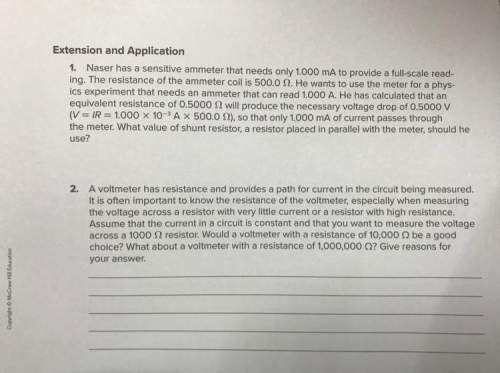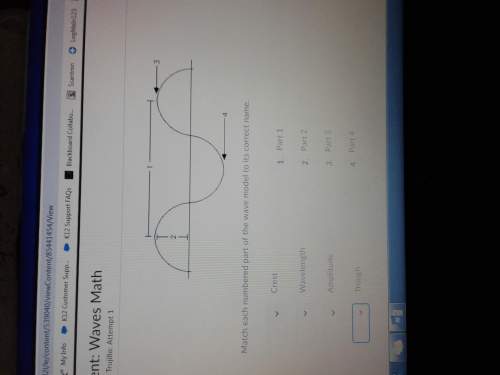
Jupiter's moon Io has active volcanoes (in fact, it is the most volcanically active body in the solar system) that eject material as high as 500 km (or even higher) above the surface. Io has a mass of 8.93×10^22kg and a radius of 1821 km. (Do not ignore the variation in gravity). How high would this material go on earth if it were ejected with the same speed as on Io? (Radius of Earth: 6370km, Mass of Earth: 5.96×10^24kg).

Answers: 3


Other questions on the subject: Physics

Physics, 21.06.2019 15:00, jflakes406
How much work would be needed to raise the payload from the surface of the moon (i. e., x = r) to an altitude of 5r miles above the surface of the moon (i. e., x = 6r)?
Answers: 2


Physics, 22.06.2019 14:00, mariah10455
Ascientific blank must be testable and capable of being proven false?
Answers: 1

Physics, 22.06.2019 17:10, katelynzaro
It's a snowy day and you're pulling a friend along a level road on a sled. you've both been taking physics, so she asks what you think the coefficient of friction between the sled and the snow is. you've been walking at a steady 1.5m/s, and the rope pulls up on the sled at a 32 ∘ angle. you estimate that the mass of the sled, with your friend on it, is 65 kg and that you're pulling with a force of 80 n .
Answers: 1
You know the right answer?
Jupiter's moon Io has active volcanoes (in fact, it is the most volcanically active body in the sola...
Questions in other subjects:














